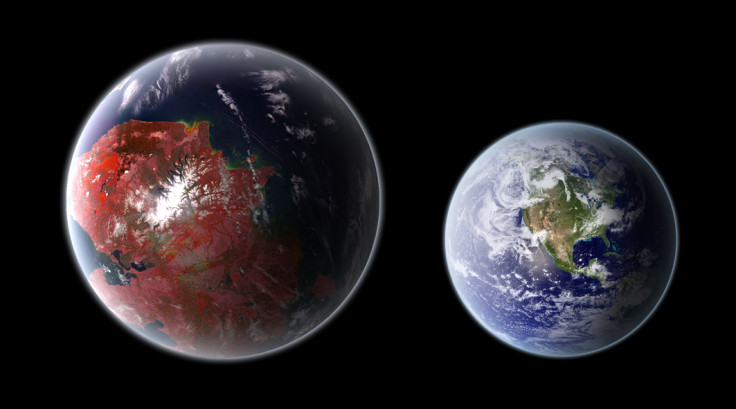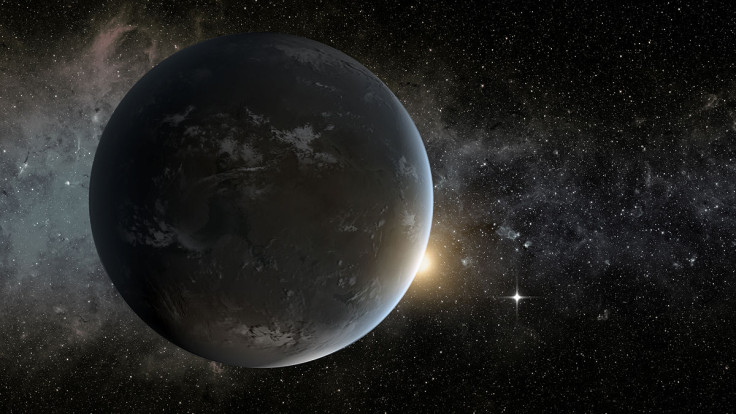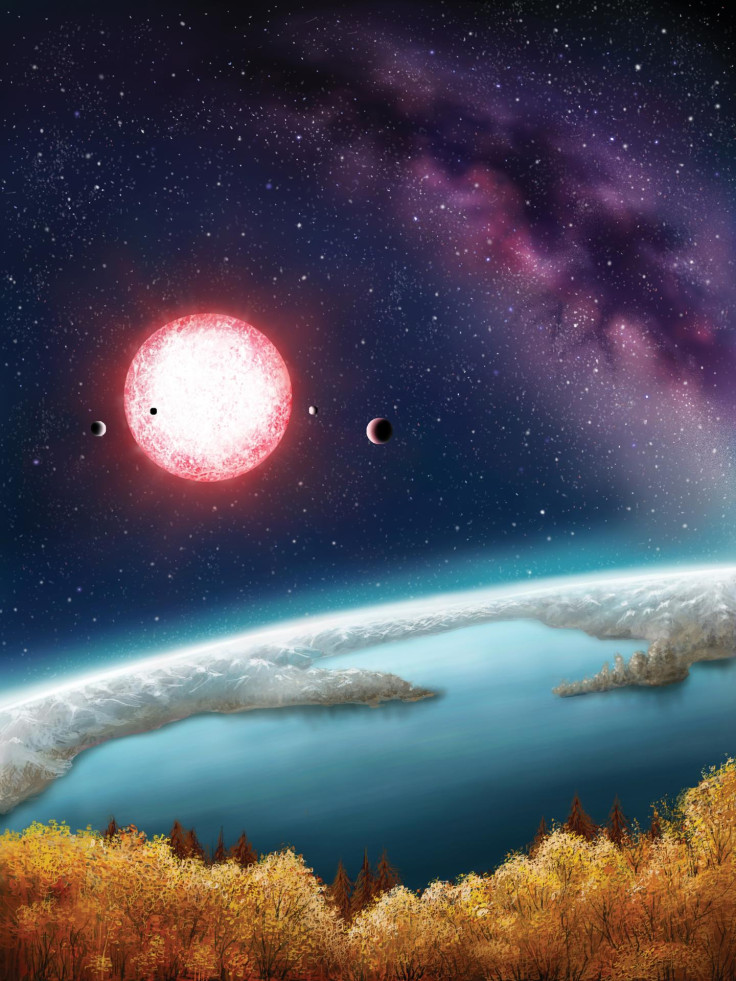Which planets are the best candidates for finding alien life?
There may be 40 billion Earth-sized rocky planets in our universe
Scientists have long fantasised about finding life outside of our solar system. So it's no surprise then that Wednesday's historic announcement regarding the discovery of a planet - Proxima b - in orbit within the habitable zone of Proxima Centauri, the closest star to our sun, has thrown the search for new potentially habitable worlds outside of our solar system, into the spotlight.
Astronomers, using data from NASA's Kepler mission, have estimated that in the Milky Way alone, there could be as many as 40 billion Earth-sized, rocky planets orbiting within the habitable zones of stars – a range of orbits where the presence of liquid water on the surface is possible. Around 11 billion of those could be orbiting stars similar to our sun.
These mind-bogglingly large numbers might prompt you to think that we have extensive knowledge about such planets, but to date, only slightly more than 3,500 exoplanets have been confirmed in total – largely because they are notoriously difficult to find. Because their signals are so faint compared to stars, scientists usually have to resort to indirect methods to identify them.
Around 2,300 exoplanets have been discovered by the Kepler space observatory alone, which began operations in 2009, with the remainder discovered by various other telescopes. The first confirmed exoplanet discoveries were announced in January 1992 – two planets orbiting the pulsar star PSR 1257+12.
Upcoming missions to find new exoplanets include NASA's Transiting Exoplanet Survey Satellite (TESS) set to be launched in late 2017, and the European Space Agency's Planetary Transits and Oscillations of stars (PLATO), planned for 2024, while next-generation telescopes like the James Webb Space Telescope may be able to better assess the habitability of exoplanets, through more direct imaging.
Of those that have already been discovered, most are hundreds, if not thousands of light years away making them very difficult to study, while only a tiny handful have been deemed potentially habitable. The Proxima b discovery is particularly exciting because it is the nearest exoplanet ever discovered, offering an unprecedented observation opportunity.
So which ones are the prime candidates to potentially support life? The following is a list of planets, very likely to be rocky and lying in the conservative estimates for the habitable zones of their stars – although there around 25 more not included which lie in the more optimistic habitable zone estimates. At present, data about these planets are limited so scientists know very little about them. It is important to note that just because these planets are in the habitable zones, it does not necessarily mean they are habitable. Further observations will be needed to determine this for sure.

Proxima b
Orbiting the Star: Proxima Centauri, red dwarf star, Centaurus constellation
Estimated mass: 1.3 Earth masses
Year length: 11 Earth days
Distance from Earth: 4.22 light years away

Gliese 667 Cc
Orbiting the Star: Gliese 667 C, red dwarf star, Scorpius constellation
Estimated mass: 3.7 Earth masses
Year length: 28 Earth days
Distance from Earth: 23.62 light years away

Kepler-442b
Orbiting the Star: Kepler-442, K-type main sequence star, Lyra Constellation
Estimated mass: 2.34 Earth masses
Year length: 112 Earth days
Distance from Earth: 1291.6 light years away

Kepler-452b
Orbiting the Star: Kepler-452, G-type main sequence star, Cygnus constellation
Estimated mass: 5 Earth masses
Year length: 384 Earth days
Distance from Earth: 1402 light years away

Wolf 1061c
Orbiting the Star: Wolf 1061, red dwarf star, Ophiuchus constellation
Estimated mass: 4.3 Earth masses
Year length: 18 Earth days
Distance from Earth: 13.8 light years away

Kepler-1229b
Orbiting the Star: Kepler-1229, red dwarf star, Cygnus constellation
Estimated mass: 2.7 Earth masses
Year length: 87 Earth days
Distance from Earth: 769 light years away

Kepler-62f
Orbiting the Star: Kepler-62, K-type main sequence star, Lyra Constellation
Estimated mass: 2.8 Earth masses
Year length: 267 Earth days
Distance from Earth: 1200 light years away

Kepler-186f
Orbiting the Star: Kepler-186, red dwarf star, Cygnus constellation
Estimated mass: 1.5 Earth masses
Year length: 130 Earth days
Distance from Earth: 561 light years away
© Copyright IBTimes 2025. All rights reserved.





















